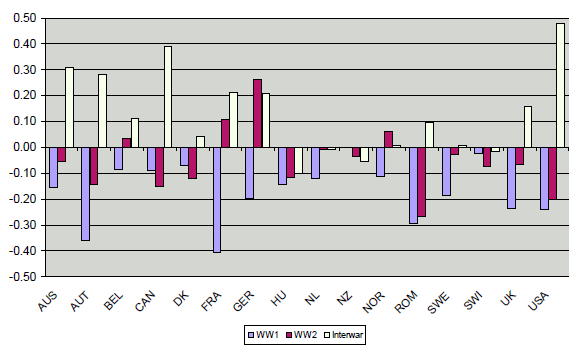
Taking stock of the blog
As some of you may know, last week, this blog won “Best in Blogging”, at this year’s Digital Media Awards in Dublin. I’m absolutely thrilled to have won this award (just as I was to win last year’s Golden Spiders award for Best Blog, which I don’t think I marked at the time on the blog.) Since the revamped blog was launched at the start of June last year, we’ve had over 110,000 page-views from over 41,000 different visitors. Just over 40% of that traffic has been from search engines, while just over 25% each has come from direct traffic and from referring sites.
While it would be easy for me to get carried away with all the praise, the blog would be nothing without the efforts of others – not least its readership. I’d like to thank all those who come on to the site, read, engage and share. You’re a varied bunch. First up, we have the die-hards, email subscribers and feed-readers (all 350 of you!), friends on Twitter (amazingly almost 1000 of you!) and Facebook. Then we have visitors from regular referring sites, such as trueeconomics.blogspot.com, irisheconomy.ie, thepropertypin.com and politics.ie. We also have more occasional referrers, such as The People’s Republic, magicmum.com and soldiersofdestiny.org. (Some posts have even been linked to on modified car and weightlifter forums – the web is a wonderfully varied place!)
The awards are a recognition of all the work that goes in to the blog, and, with both awards, design and usability were key criteria. Therefore the biggest thanks have to go to the other two members of the ronanlyons.com team, designer par excellence Susan Gallagher and blog manager/web-mechanic Naoise McNally. (Much as she hates the whole social media guru phenomenon, it’s not by chance that over 40% of this site’s traffic comes from search engines!)

Laurel non-resting
However, we’re not ones to rest on our laurels, so version 2.0 of the site went up last night. You may not have even noticed the changes, as we were happy with almost everything. Nonetheless, a host of little bits and pieces were tidied up, and – probably most importantly – the home page has been tidied up of clutter. Now, at the bottom of the page, in addition to blog’s the two awards, you’ll find a list of most popular posts – and a spot for research.
A research section will include more formal pieces of work, semi-published or fully published, and so is likely to be a lot less frequent than the weekly posts of analysis. I should be putting up a couple of pieces of new research on there over the course of March and April.
War as an economic leveller
In the meantime, though, to get the section started, here is research I did a few years ago on the grim economics of war, in particular (link is a large PDF file) the Impact of World War On Labour Market Inequality. The research explores changes in rewards for skill in an economy, as signalled by the gap between the wages of (skilled) bricklayers and masons and those of their unskilled labourers. It uses wage data on the building industry gathered from surveys conducted by the International Labour Office and from official national sources, for the period 1910-1950.
The research finds that both world wars in general reduced skill premiums within countries substantially, particularly World War I, in effect by making unskilled labour more scarce. In World War I, warring countries saw larger falls in their premium than neutrals, while in World War II, warring countries experienced a wider range of changes than in neutral countries. (World War I was mainly the destruction of labour, while the air strikes of World War II meant that both labour and capital were destroyed.)
Over the course of the twentieth century, developed countries have all converged around a similar skill premium. Both wars also contributed significantly to this international convergence in premiums, especially World War II. This is all in contrast to the interwar period, where increasing premiums were the norm rather than the exception.
The PDF above is quite long, so any readers will probably want to focus on Chapter 5 (as well as the short Intro and Conclusion). Those with economics training might also be interested in Chapter 6, which outlines the model and regression results. The graph below shows the percentage change in the skill premium in the building industry in various countries. It shows that the experience of interwar deglobalization is very different to that of world war.

Leave a comment